A Guide to Wildlife Friendly Outdoor Lighting
A Guide to Wildlife Friendly Outdoor Lighting
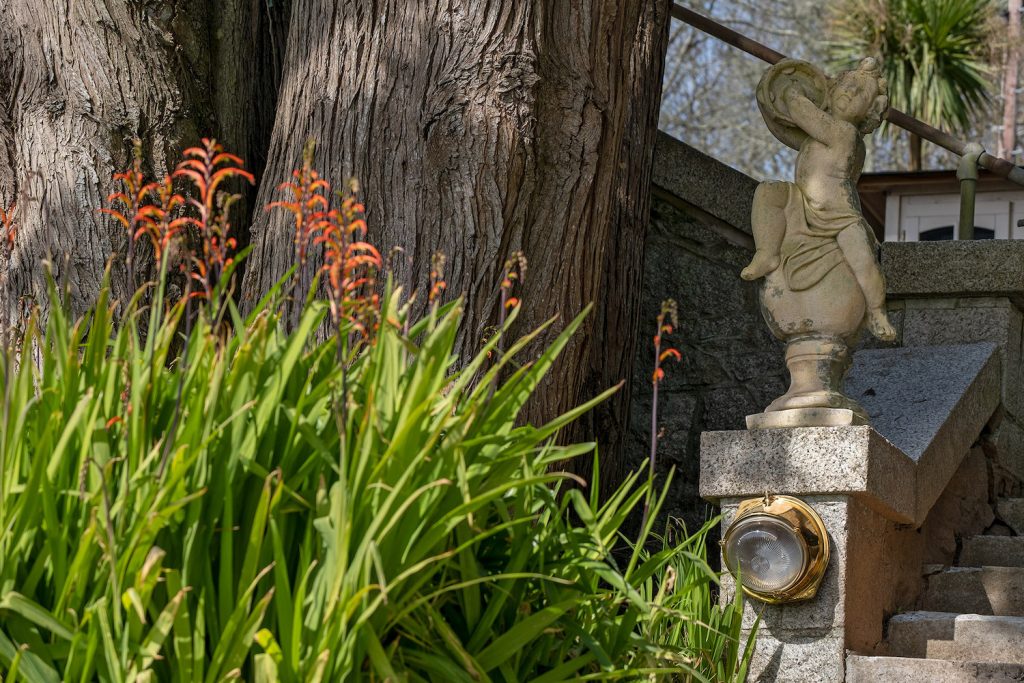
Outdoor lighting is a must for long summer evenings, enhancing the welcoming atmosphere of outdoor spaces, lighting key features in the garden, and illuminating paths and entryways.
However, some outdoor lighting can have detrimental effects on the environment, disrupting the ecological balance, and the natural behaviour of our fauna.
Soho Lighting’s commitment to sustainability means we examine the environmental impact of our products from development and delivery – and beyond. In this guide, we explore how you can minimise the negative impact your outdoor lights have on local wildlife and help protect their natural habitats.
The Impact of Outdoor Lighting on Wildlife
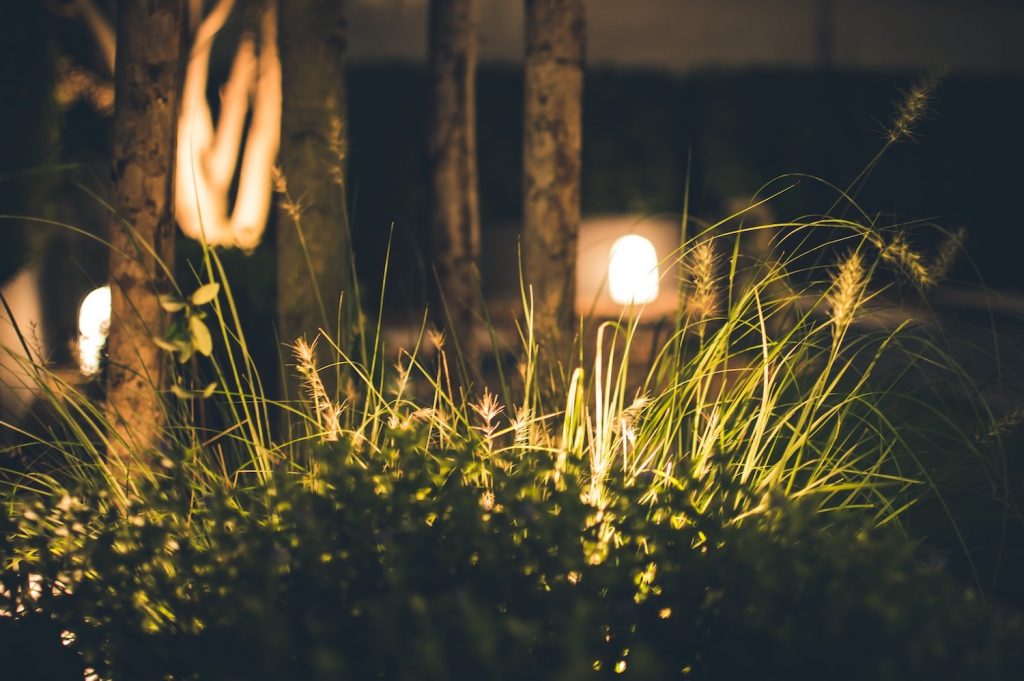
When planning exterior lighting, it is important to consider the consequences that artificial outdoor lighting can have on wildlife. Artificial light can disorient nocturnal animals, affect their feeding and breeding patterns, disrupt night pollinators, and interfere with their natural instincts.
By understanding these impacts, we can take appropriate steps to mitigate them.
How to Choose Wildlife-Friendly Lighting
When selecting outdoor lighting fixtures, opt for those specifically designed to minimise skyward facing light. Look for fixtures that have a shielded design, directing the light downward and away from trees or ponds to avoid disorienting insects and animals. Focusing light on specific areas of interest such as pathways or patios can help direct light where it’s needed most.
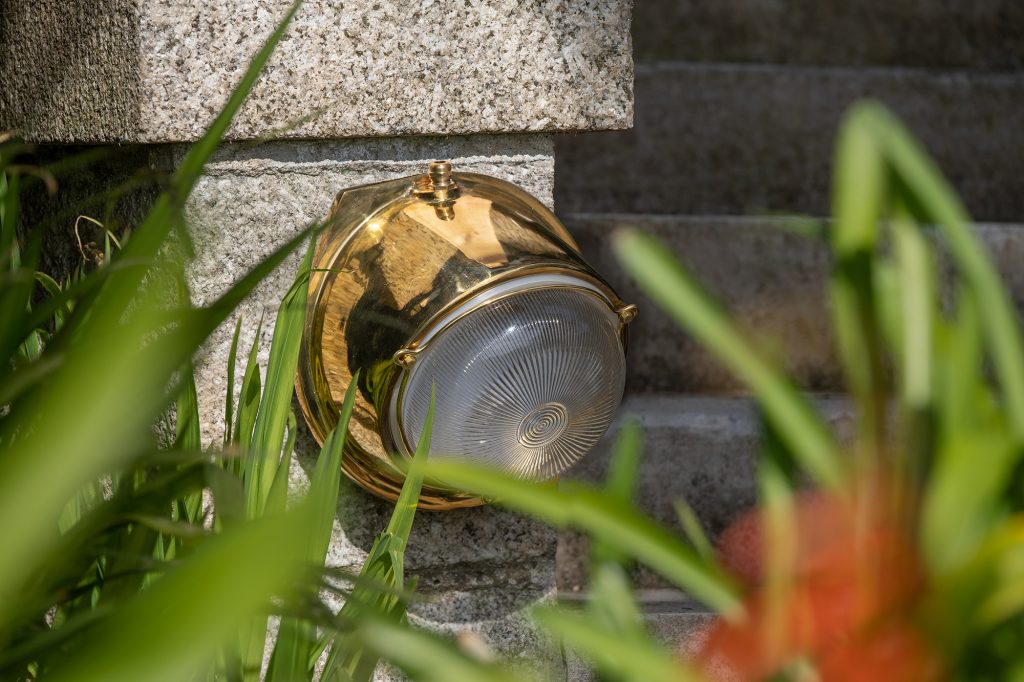
Similarly, choosing a metal conduit to protect outdoor wiring for garden spike lights will protect any critters with an appetite for chewing cables. Not only does this protect your home from potential damage but stops any unnecessary injury or death to wildlife.
Utilise Motion Sensors and Timers
You can significantly reduce unnecessary lighting by using motion sensors and timers - especially during late-night hours when nocturnal activity is at its peak. These devices can ensure that outdoor lights only activate when needed, not only conserving energy, but also minimising disruption to wildlife.
Select Warm Tone LED Bulbs
Warm toned light is less attractive to insects such as moths, which are a vital food source for many species. By choosing warm tone LED bulbs, such as a 1800k bulb, instead of cool tone or blue-rich lighting, you can reduce insect attraction. Not only does this help to maintain the natural balance of the local ecosystem, but it has the added benefit of keeping the bugs at bay while you enjoy your garden in the summer months.
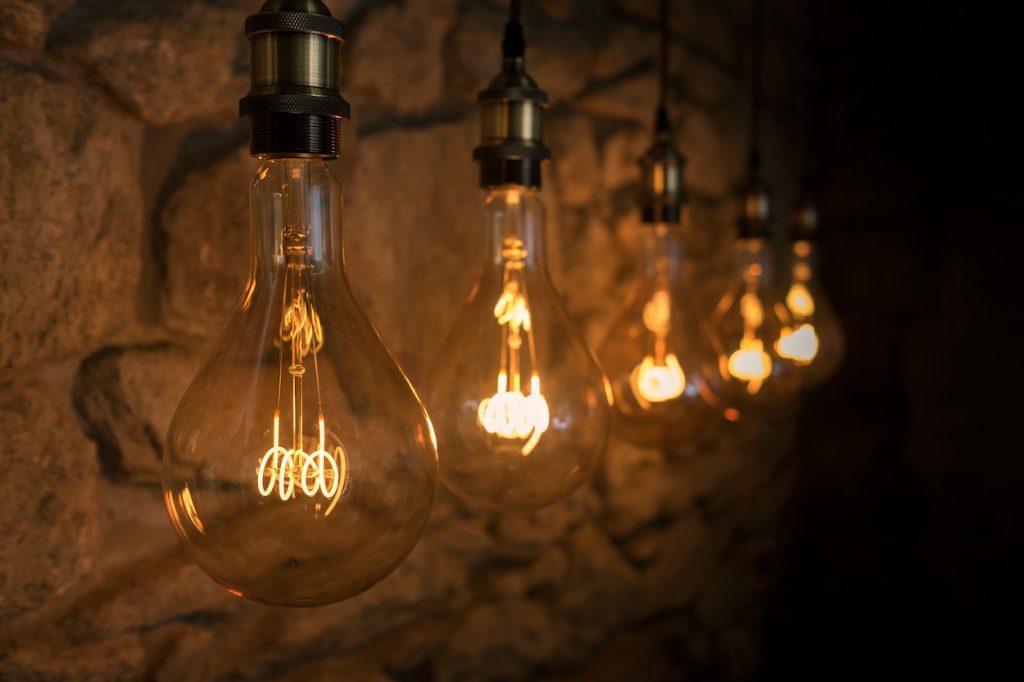
Need a little help with colour temperature? Read our blog, A Guide to Lighting Colour Temperature to learn more.
Dimmers
In the same spirit as using warm tone bulbs, using dimmers to adjust the brightness of your outdoor lighting will create a more wildlife-friendly environment in your outdoor space without compromising on ambience or security. By reducing the intensity of your lighting, you will create a more welcoming habitat for night fauna, with the added benefit of saving energy and extending the lifespan of your bulbs. All good reasons for installing dimmers instead of switches.
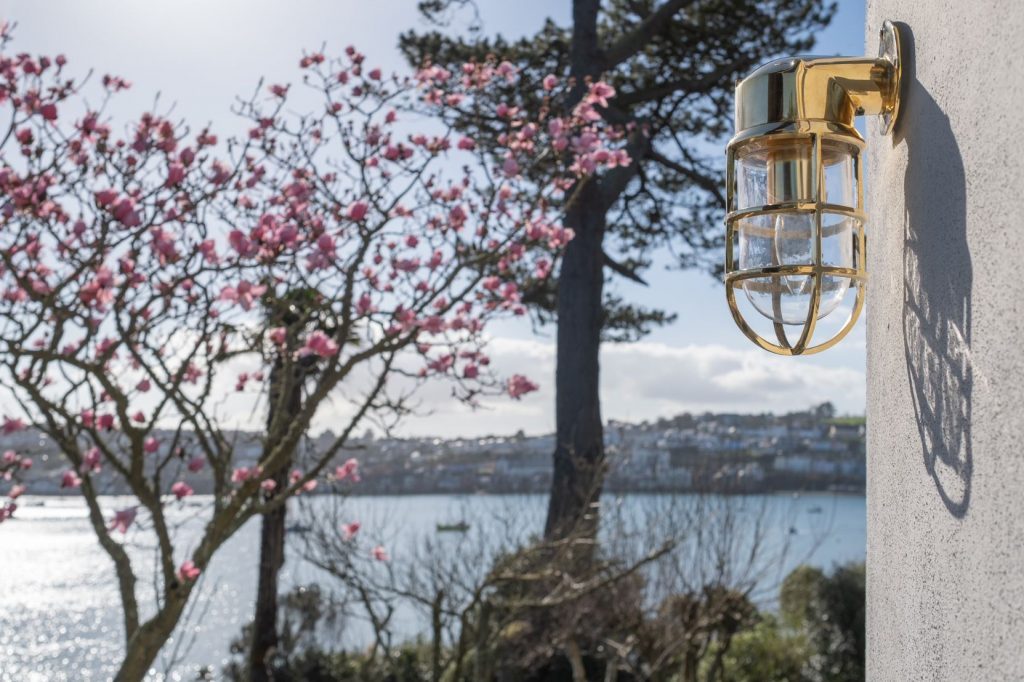
Adopting responsible lighting practices will ultimately help to preserve natural habitats. By making small changes, we can collectively work toward minimising the impact we have on the wider environment, including local wildlife.
[related_products]